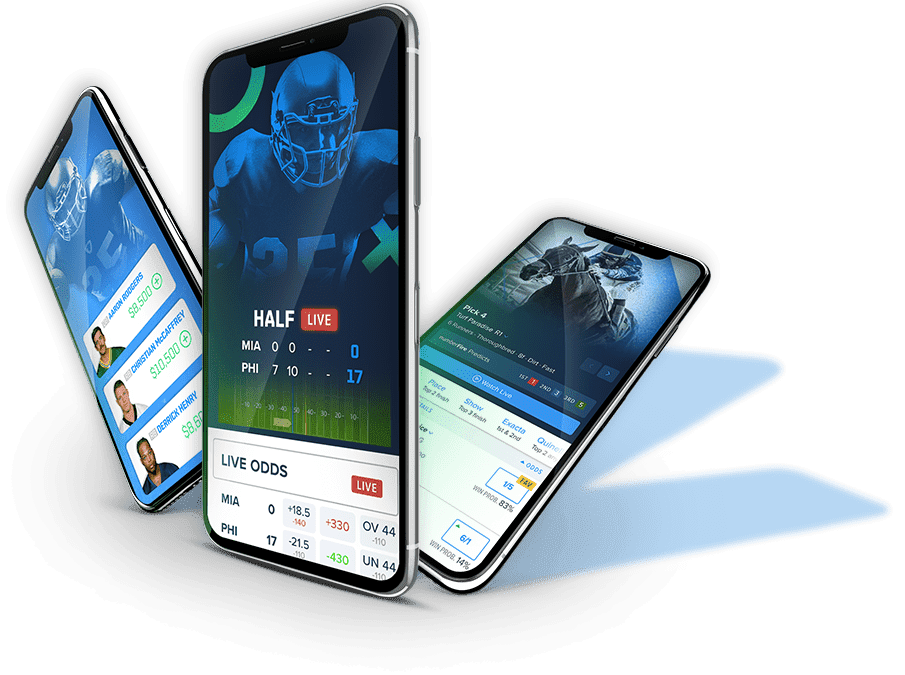Introduction to Mobile Application Development for Fantasy Sports
Mobile applications have become an integral part of modern life, with millions of users around the world relying on them for everything from communication and entertainment to banking and shopping. In recent years, there has been a significant increase in the number of mobile applications focused on fantasy sports, allowing users to create and manage their own virtual teams, compete against other users, and track their progress using real-time stats and updates.
If you're a developer or business owner looking to create a fantasy sports mobile application, it's important to understand the key considerations and best practices involved in the development process. In this 5,000-word SEO article, we'll provide a comprehensive overview of mobile application development for fantasy sports, including design, functionality, and marketing strategies.
Designing a Fantasy Sports Mobile Application
The design of your fantasy sports mobile application is crucial, as it will be the first thing users see and interact with when they download and open your app. A well-designed app is visually appealing, easy to navigate, and intuitive to use, while a poorly designed app can be frustrating and off-putting to users.
When designing your fantasy sports mobile application, consider the following factors:
- Target audience: Who is your app for? Are you targeting hardcore sports fans, casual players, or a mix of both? Understanding your target audience will help you design an app that meets their needs and preferences.
- Branding: What is the overall look and feel of your app? Is it sleek and modern, or fun and colorful? Your branding should be consistent with your company's overall branding and marketing efforts.
- User experience (UX): How easy is it for users to navigate and use your app? Consider factors such as layout, typography, and color scheme to create a seamless and enjoyable user experience.
- Responsive design: Your app should be optimized for different devices and screen sizes, including smartphones, tablets, and laptops. This means that it should be responsive, adjusting to fit the screen and resolution of the device it's being viewed on.
Functionality of a Fantasy Sports Mobile Application
In addition to design, the functionality of your fantasy sports mobile application is critical to its success. The features and capabilities of your app will determine how users interact with it and whether they will continue to use it over time.
Some key considerations for the functionality of your fantasy sports mobile application include:
- Gameplay: What types of games and leagues will your app support? Will users be able to create their own custom leagues or join existing ones? Will there be real-time updates and stats, or will the data be delayed?
- User accounts: How will users create and manage their accounts? Will they need to register with an email address or social media account? How will their progress and stats be tracked and stored?
- Mobile payments: Will your app support in-app purchases or subscriptions? If so, you'll need to integrate a mobile payment gateway such as PayPal or Stripe.
- Notifications: Will your app send notifications to users to update them on the status of their teams or leagues? If so, you'll need to consider how these notifications will be triggered and delivered.
- Data security: How will you ensure the security and privacy of user data? This is especially important if your app handles sensitive information such as financial transactions.
Marketing Your Fantasy Sports Mobile Application
Once your fantasy sports mobile application is developed and ready for launch, it
is important to have a solid marketing plan in place to attract and retain users. Some strategies you can consider include:
- SEO: Optimizing your app for search engines can help increase its visibility and attract organic traffic. This includes optimizing your app's title, description, and keywords on app store platforms such as Google Play and the App Store.
- Social media marketing: Utilizing social media platforms such as Twitter, Facebook, and Instagram to promote your app can help increase its visibility and reach. This includes creating social media profiles, posting regular updates and content, and interacting with users.
- Influencer marketing: Partnering with influencers in the sports or gaming industries can help you reach a wider and more targeted audience. This could include sponsoring events or sponsoring content creation by influencers.
- Paid advertising: Using paid advertising platforms such as Google AdWords or Facebook Ads can help you reach a specific and targeted audience, although it can be expensive.
- App store optimization (ASO): Optimizing your app's listing on app store platforms can help increase its visibility and attract more downloads. This includes using the right keywords, creating a compelling description and title, and including high-quality screenshots and videos.
Conclusion
Mobile application development for fantasy sports is a complex and competitive field, but with the right strategies and best practices, it's possible to create a successful and engaging app. By considering factors such as design, functionality, and marketing, you can create a fantasy sports mobile application that stands out from the competition and provides a rewarding and enjoyable experience for users.
Check out https://Victorious.Club for mobile fantasy application development.

